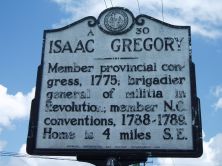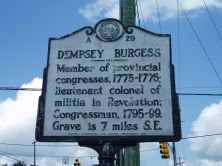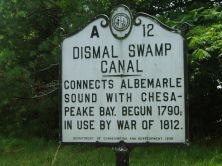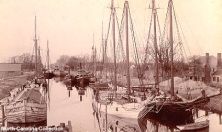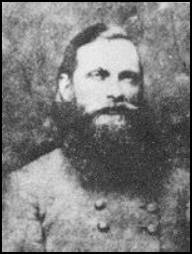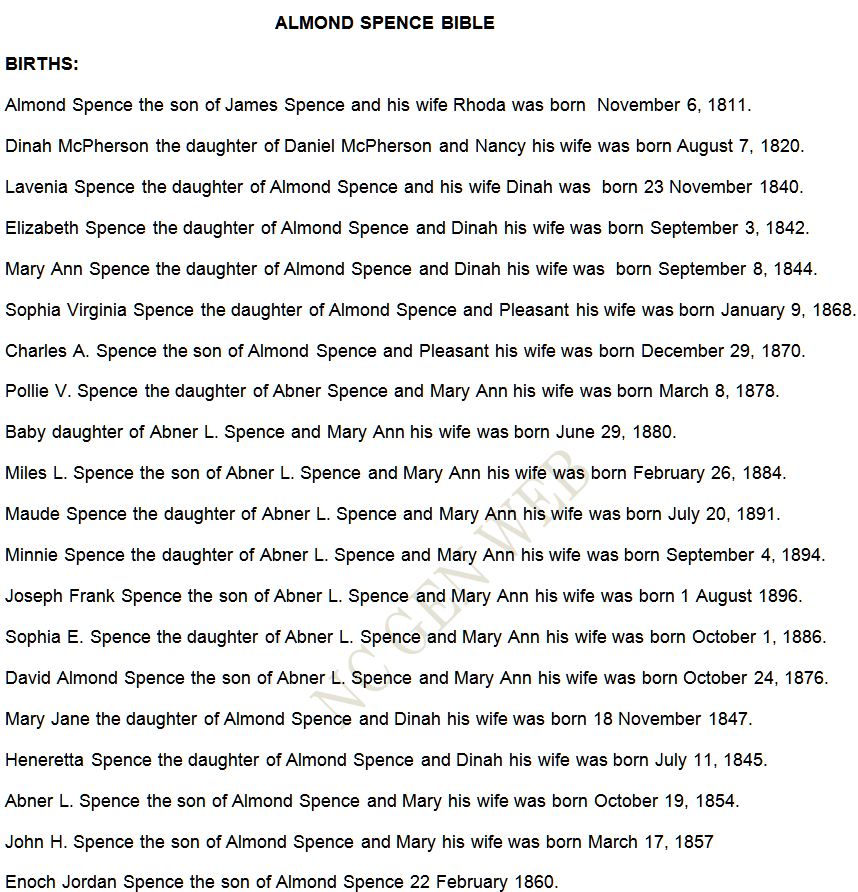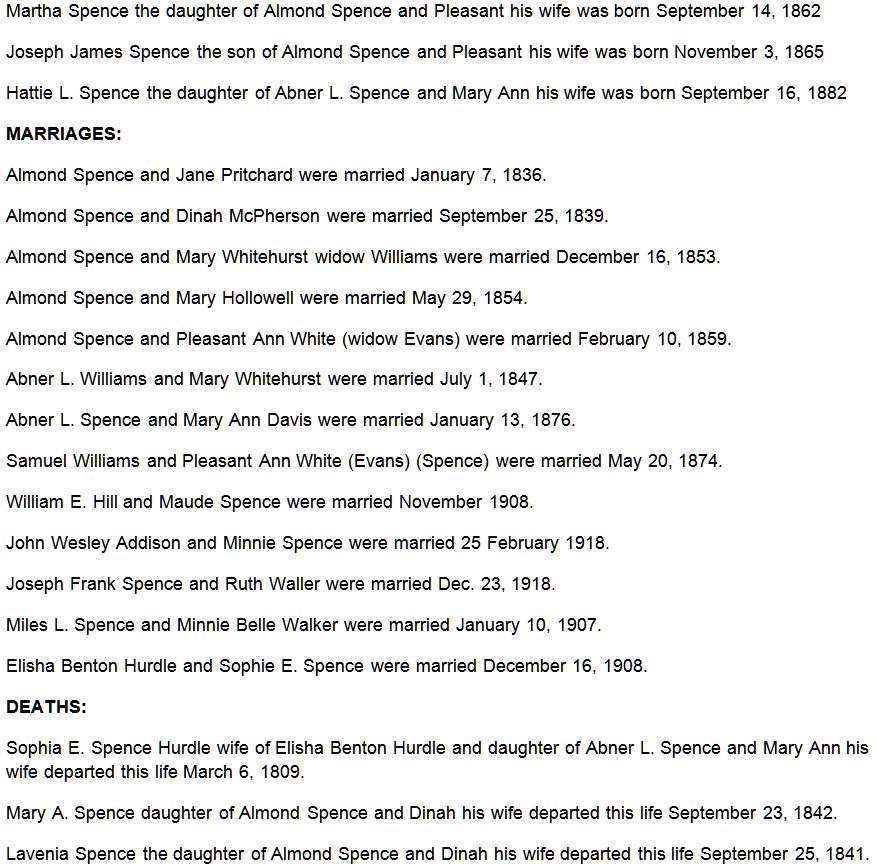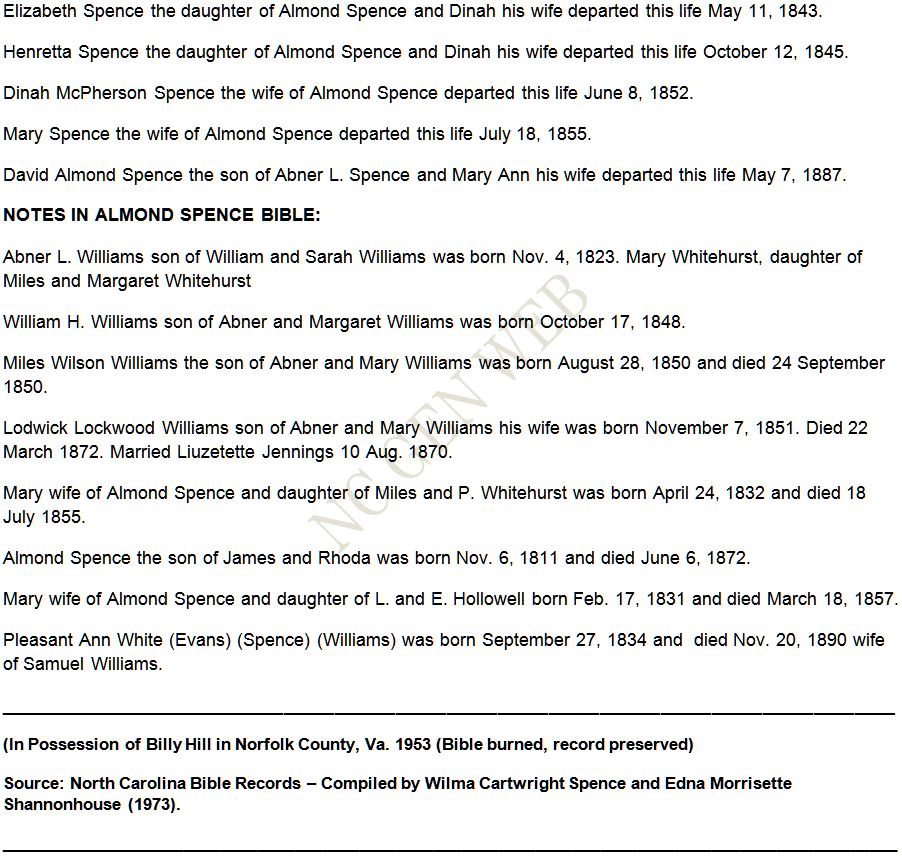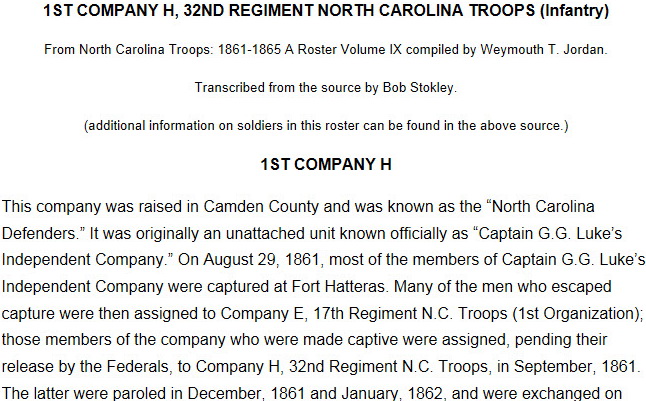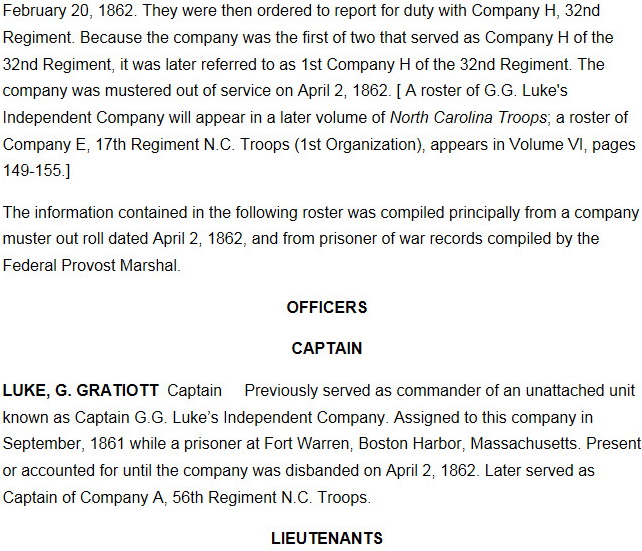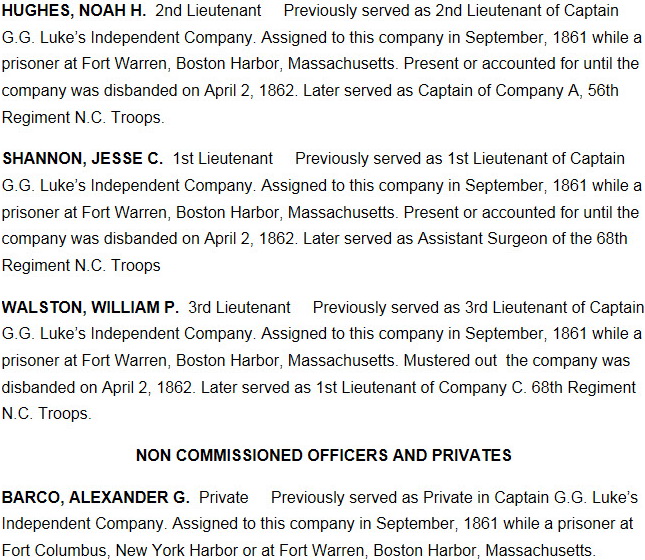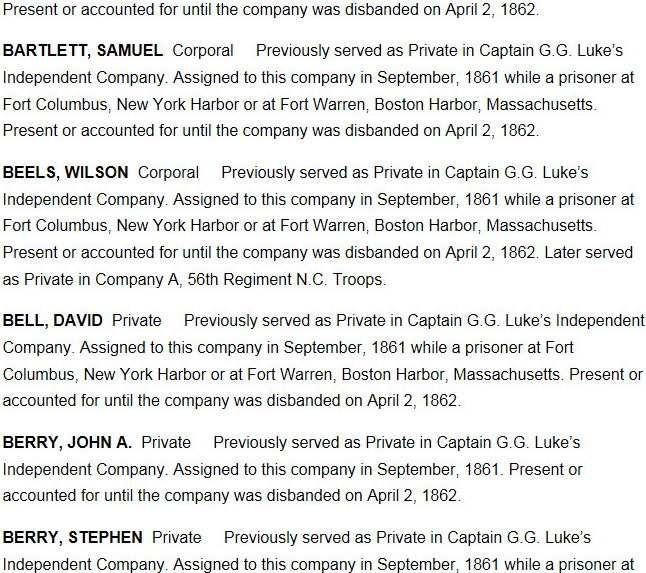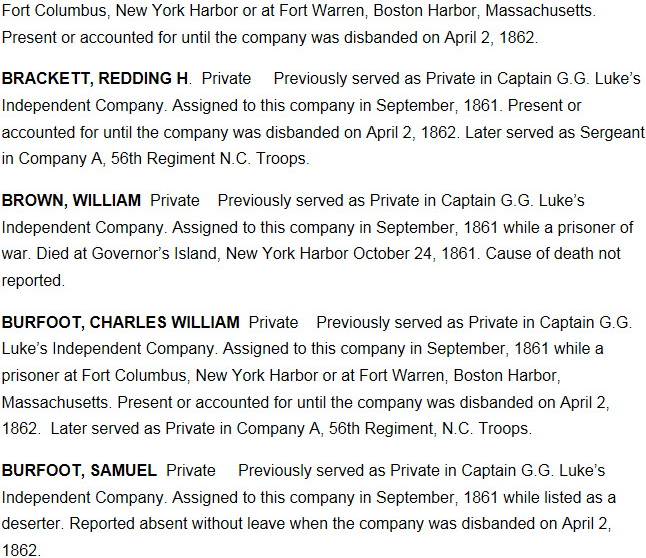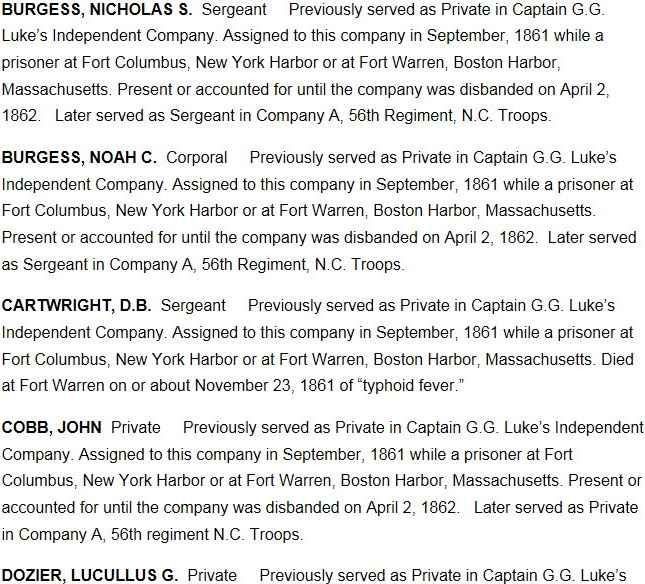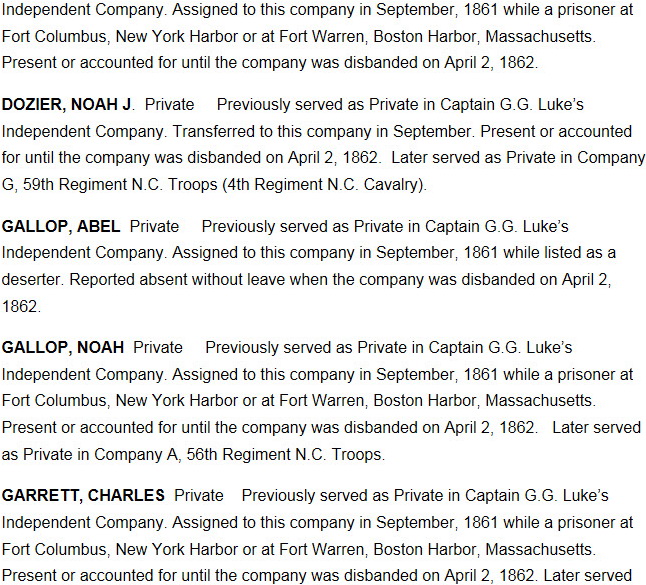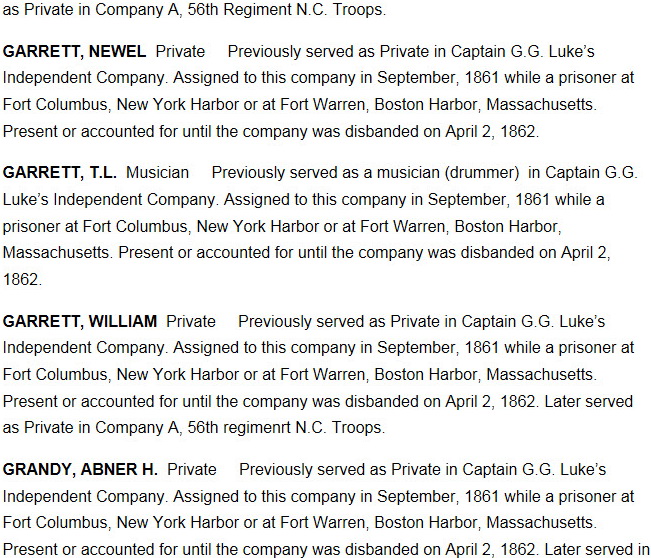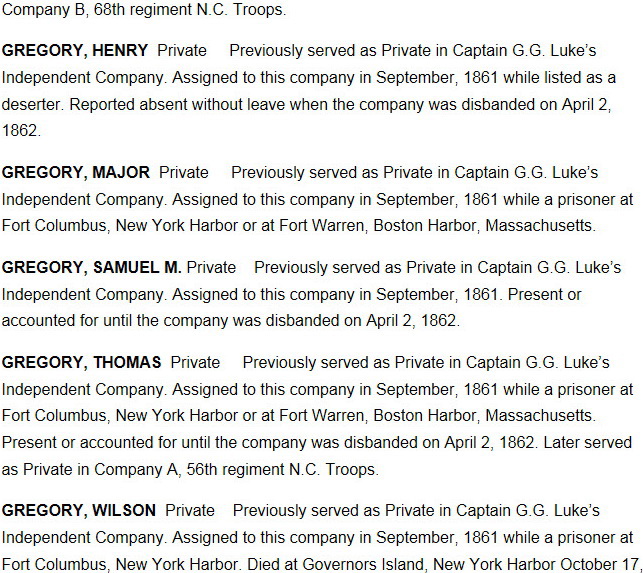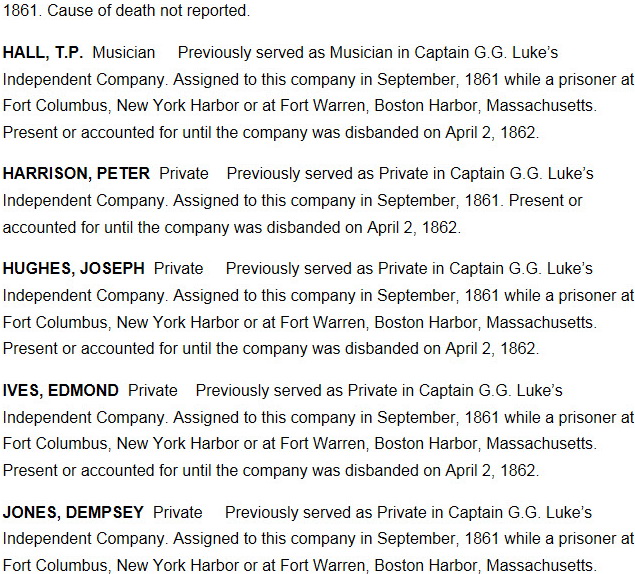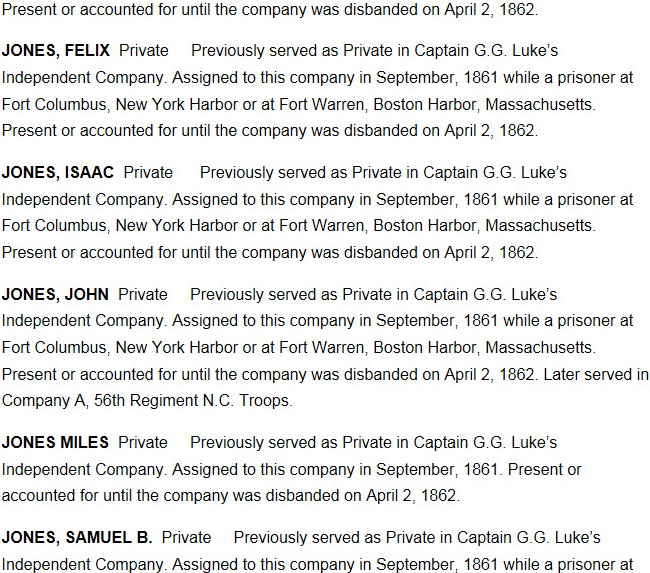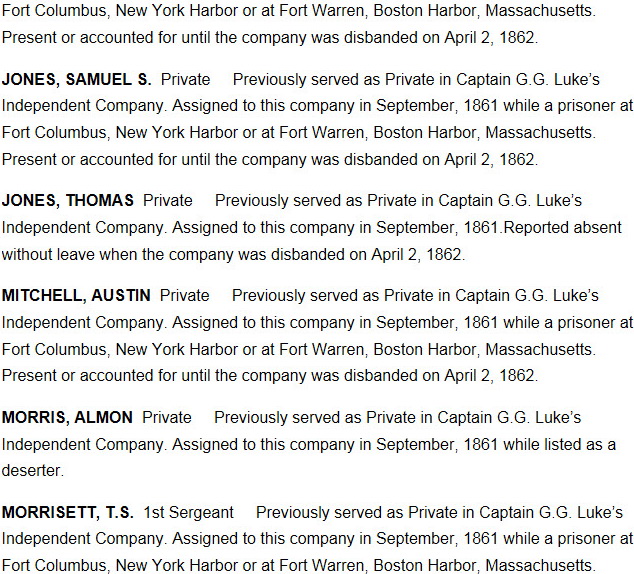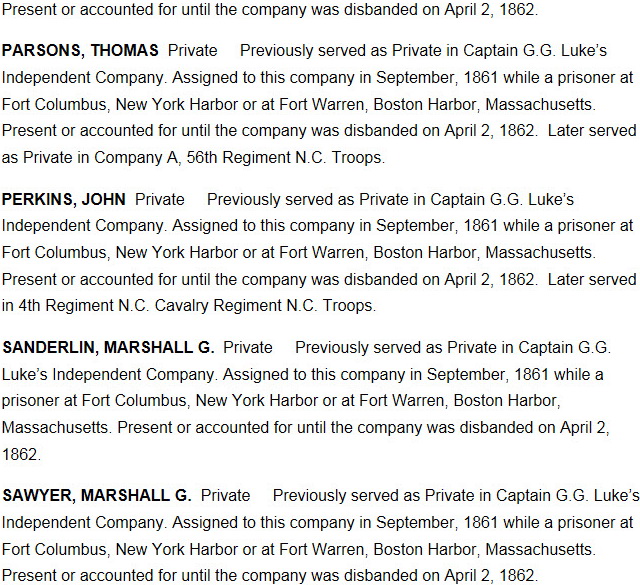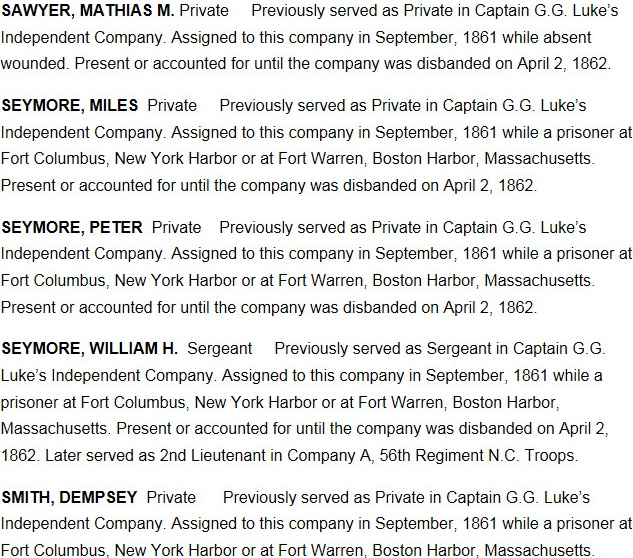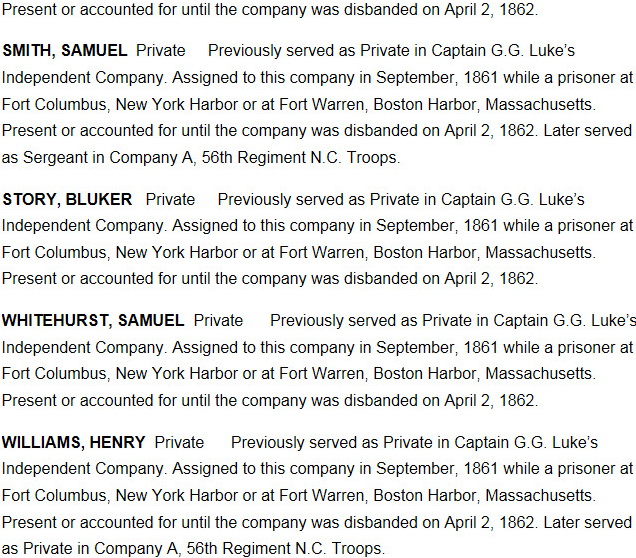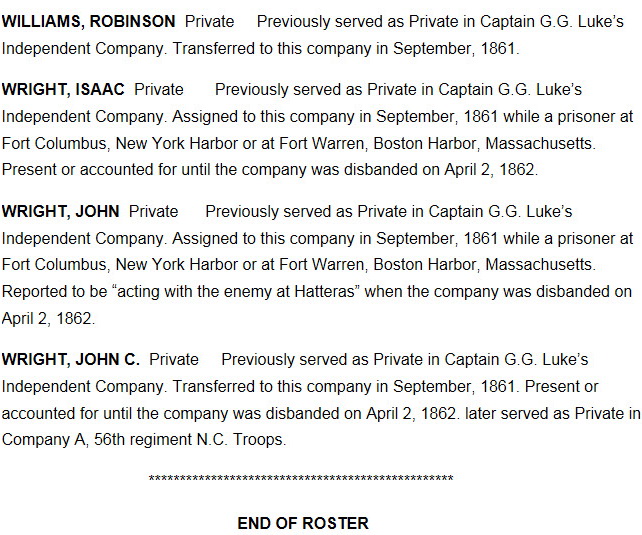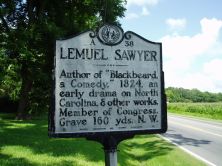
Lemuel Sawyer, United States Congressmen and author, was born in 1777 in Camden County, the youngest of Lemuel and Mary Taylor’s nine children. Born into a well-connected and wealthy family, young Lemuel received an education at Flatbush Academy on Long Island in New York, before briefly attending the University of Pennsylvania in 1796. In 1799, he enrolled at the University of North Carolina, but left the following year to enter politics.
In 1800-1801, Sawyer held a seat in the North Carolina House of Commons, and served as a presidential elector casting his vote in 1804 for Thomas Jefferson. Sawyer was admitted to the bar that same year, and opened a law office in Elizabeth City. However, Sawyer proved a more successful politician than lawyer, and was elected eight times to Congress serving 1807-1813, 1817-1823, and 1825-1829, often defeating powerful candidates such as William H. Murfree and James Iredell.
In addition to his political pursuits, Sawyer engaged in the literary arts. His first work, Journal to Lake Drummond, published in 1797, was reviewed by David L. Swain as “puerile, and the language the most superlative bombast.” He wrote a series of treatises on Greek literature and Roman history, all of which are now lost, as well as A Biography of John Randolph of Roanoke. In the latter work, Sawyer portrayed his congressional colleague as a coward and imbecile to such a degree that reviewers labeled it libelous. Sawyer followed with an autobiography, disclosing his gambling, wastefulness, and illicit affairs. The book is still considered one of the most self-condemning works ever produced in American literature.
Sawyer also wrote several works intended for the common good. In 1833, he produced The Observatory, advocating the development of a national observatory in Washington, D. C. His last publication, “The Vine of North Carolina,” published in Report of the Commissioner of Patents in 1849, encouraged the growing of scuppernongs in North Carolina to promote the production of wine.
Sawyer is best known for his plays. In 1824 he published Blackbeard: a Comedy in Four Parts that is considered the first play written by a native North Carolinian. The piece received such accolades when sold to members of Congress by subscription that Sawyer produced a second, The Wreck of Honor, which detailed the adventures of a lecherous American in Paris during the Napoleonic period. Neither play has ever been staged.
Sawyer married three times. His first wife, Sarah Snowden, died two years after their marriage in 1812. In 1820 he married Camilla Wertz in Washington, D. C., who died six years later. His final wife, Diana Rapayle Fisher, whom he married in 182, was a Brooklyn, New York socialite. Over the next twenty years, Sawyer squandered her fortune leaving the two in utter poverty. In 1850, Sawyer was forced to take a clerkship in a Washington, D. C. attorney’s office to make ends meet. He died two years later and is believed to have been buried beside his brother in Camden County.
References:
William S. Powell, ed., Dictionary of North Carolina Biography, V, 289-290—sketch by Richard Walser
Dictionary of American Biography, XVI, 394-395—sketch by A. R. Newsome
Richard Walser, “First Playwright was a Gay Blade,” The State, July 5, 1952 Location: US 158/NC 34 southwest of Camden
